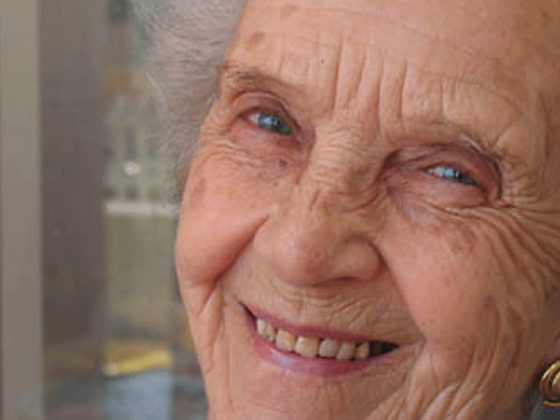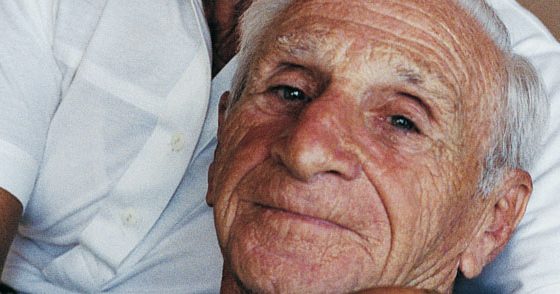This issue of InFo ONKOLOGIE & HÄMATOLOGIE is about lung cancer. In view of the high prevalence – in men it is still the most common malignancy of all – and the current discussion about the introduction of lung screening, the topic is highly topical.
Unfortunately, in most cases the correct diagnosis is made late, when the symptomatic stage has already been reached. How can this situation be improved in the future? How can the recommendations regarding lung screening by CT be implemented without risking that false positive findings have profound consequences? In our article, we take a close look at the various radiological diagnostic and staging tools and highlight their advantages and disadvantages. Initial diagnosis is usually initiated with conventional radiography and computed tomography. This is followed by staging and bioptic procedures. To classify the tumor according to the TNM classification, various imaging techniques such as CT, MRI, integrated PET/CT and bone scintigraphy are used. Which instrument is the right one for which question? What are the benefits of combined applications? And what are the limitations to be considered? These questions will be clarified in the article, as the information obtained from them is crucial, especially with regard to the subsequent choice of therapy.
PD Dr. med. et rer. nat. Markus Joerger from the Cantonal Hospital of St. Gallen will shed light on the current therapy situation in the field of non-small cell lung carcinoma, which is the most common variant. Decisive progress in therapy has been made by molecular subclassification, which has enabled the approval of various oral oncology drugs. The study situation on these potent drugs (erlotinib, gefitinib, afatinib, crizotinib) is highlighted in the article. Other “driver” mutations potentially significant for targeted therapy (such as ROS1, RET, HER2, BRAF, KRAS, MET in adenocarcinoma and FGFR1, PIK3CA, DDR2, PTEN in squamous cell carcinoma) are currently under investigation. Determination of EGFR mutation status and EML-ALK translocation should therefore be requested at diagnosis in patients with metastatic adenocarcinoma because of their critical importance for therapeutic success. The question of how to respond to secondary resistance remains open.
The booklet thus provides the interested reader with an up-to-date and highly relevant overview of the diagnostic and therapeutic strategies of lung cancer.
We wish you a stimulating and informative read and send you our warmest regards!
PD Thomas Frauenfelder, MD
Stephan Baumüller, MD
InFo ONCOLOGY HEMATOLOGY 2014; 2(4): 5.











